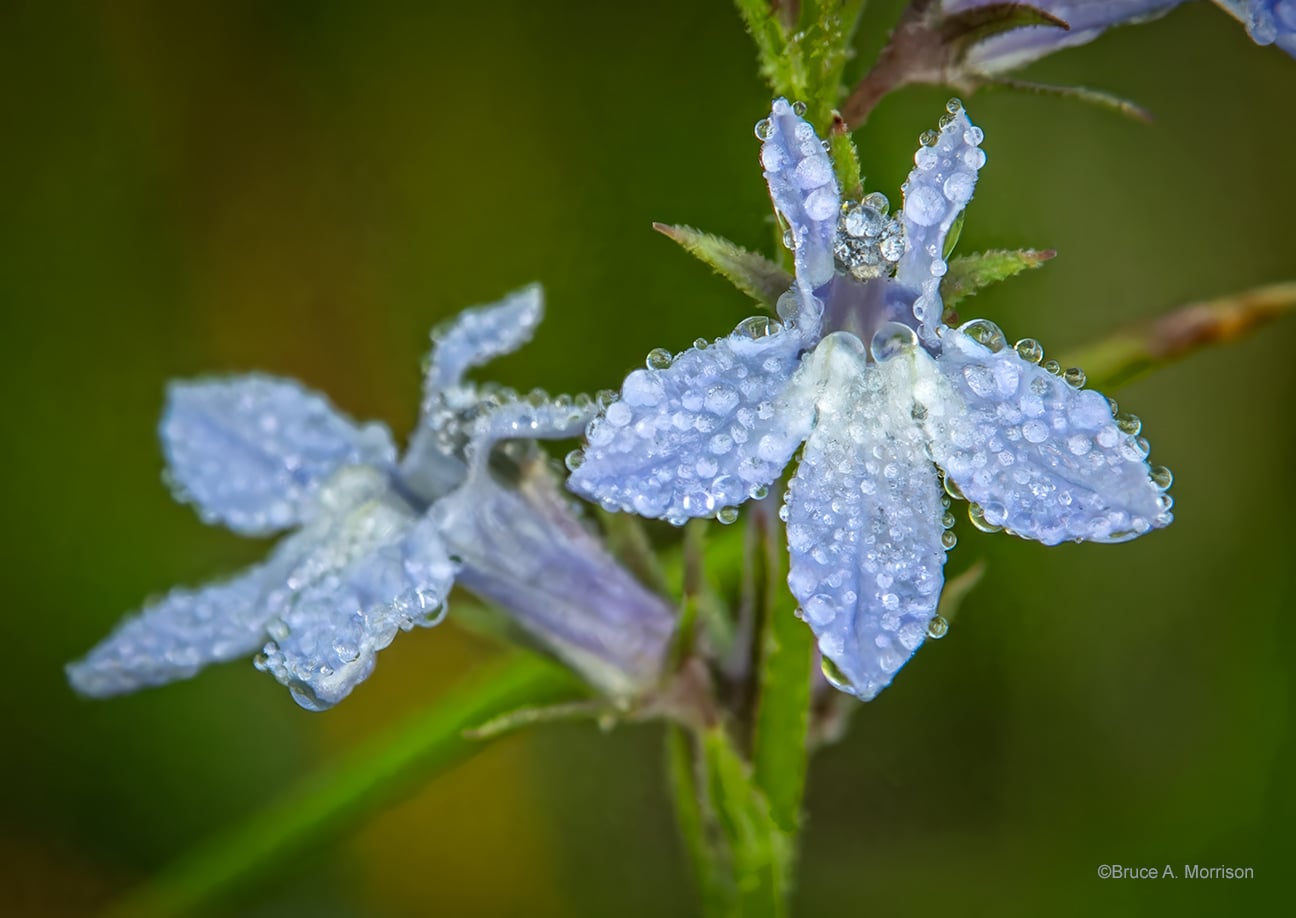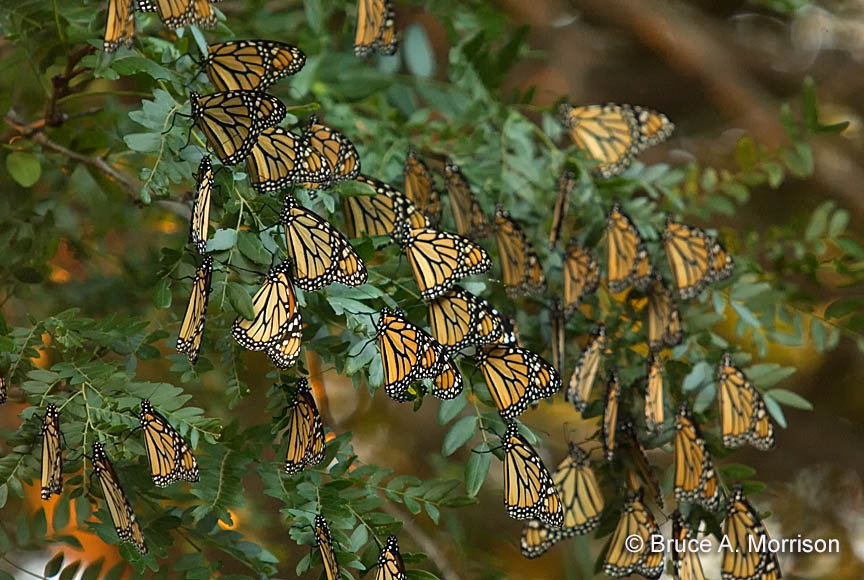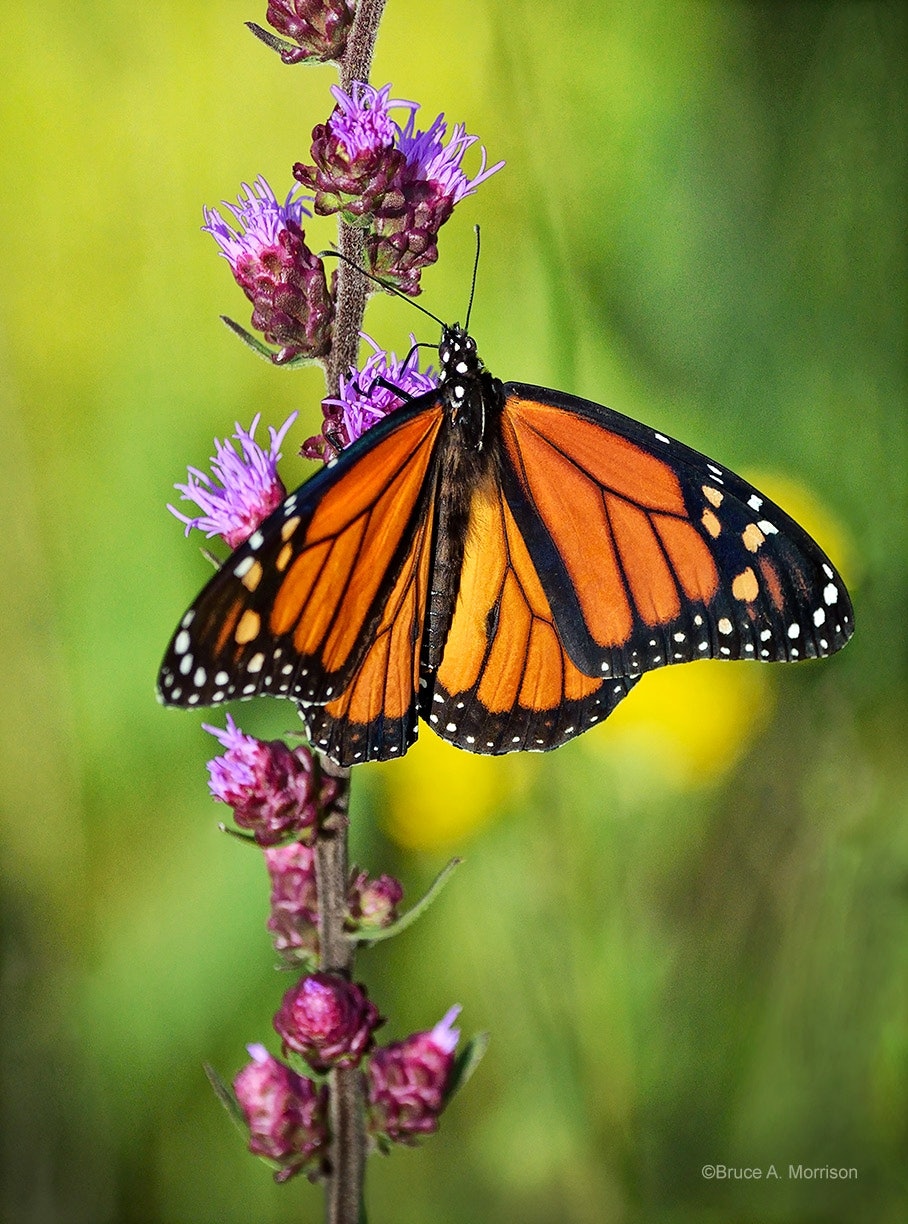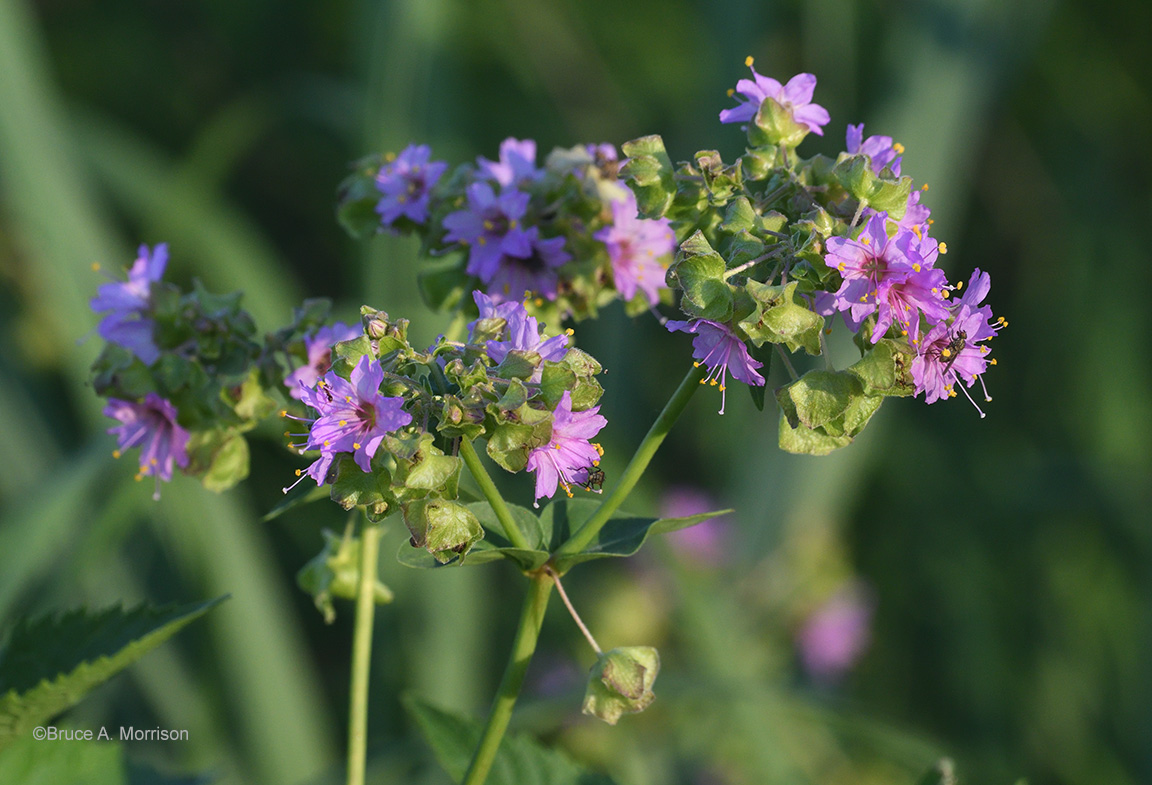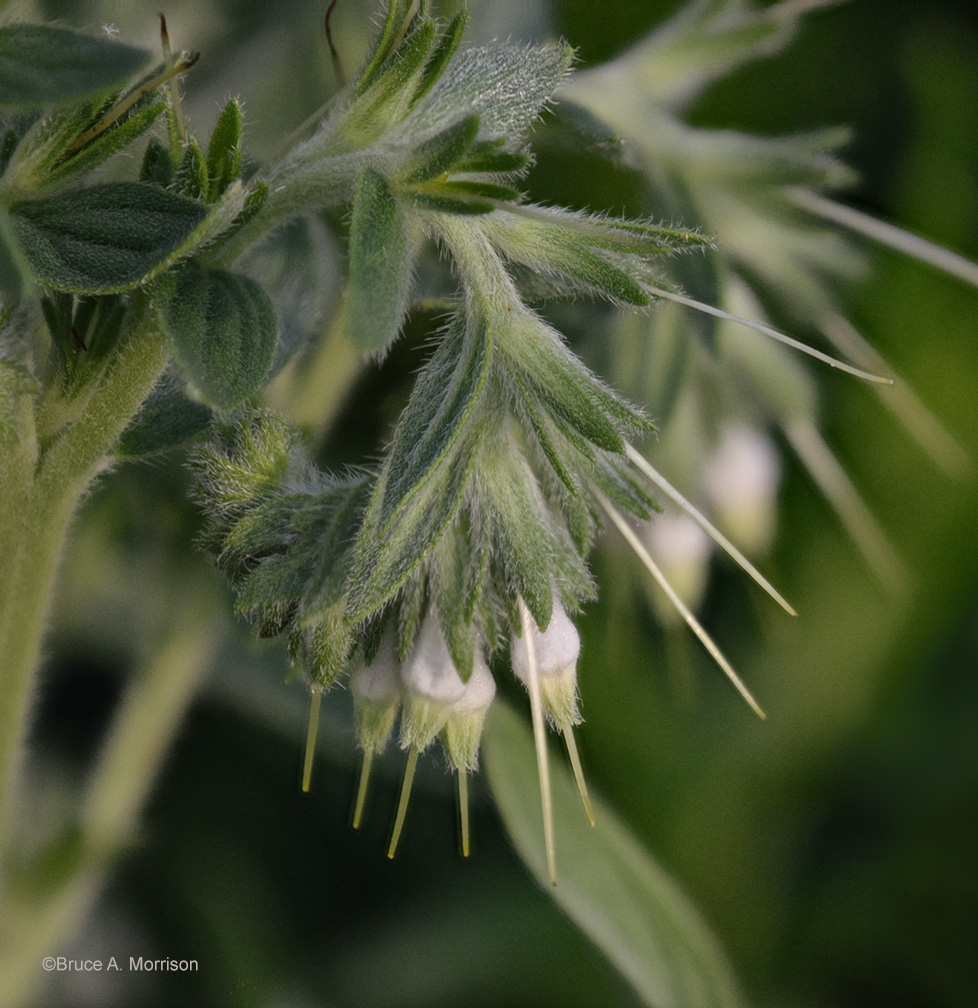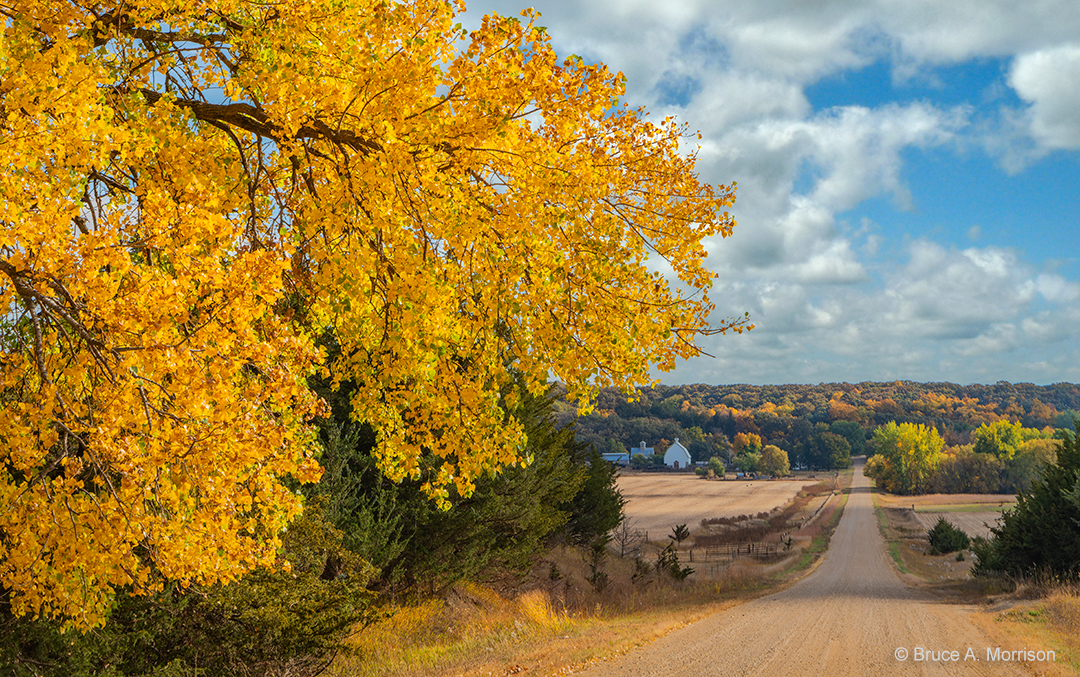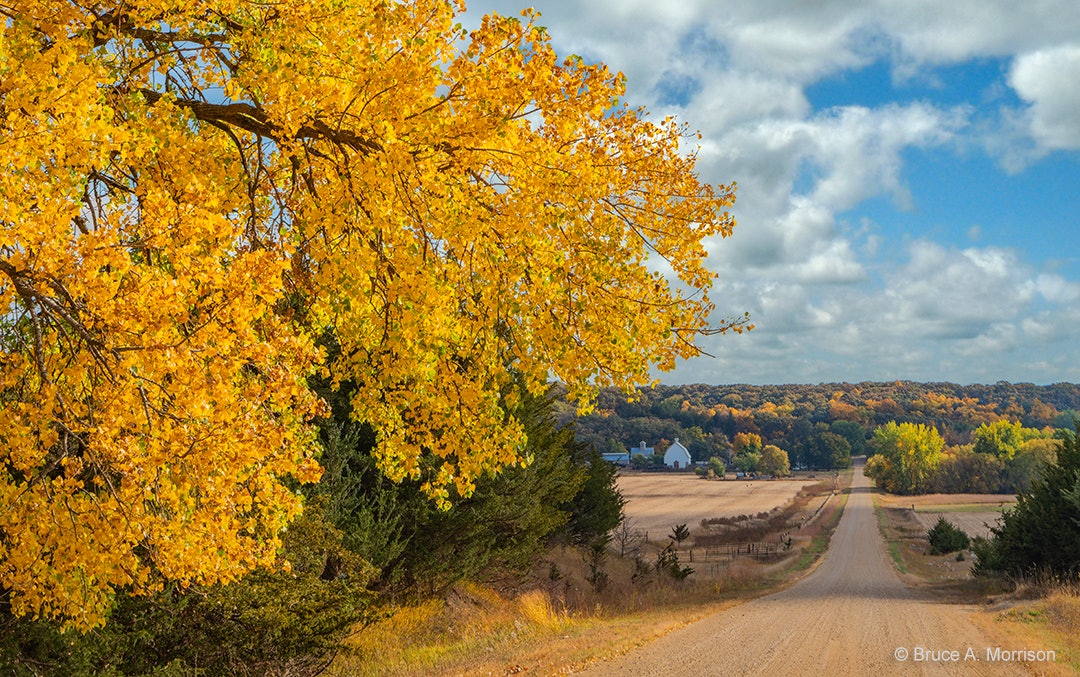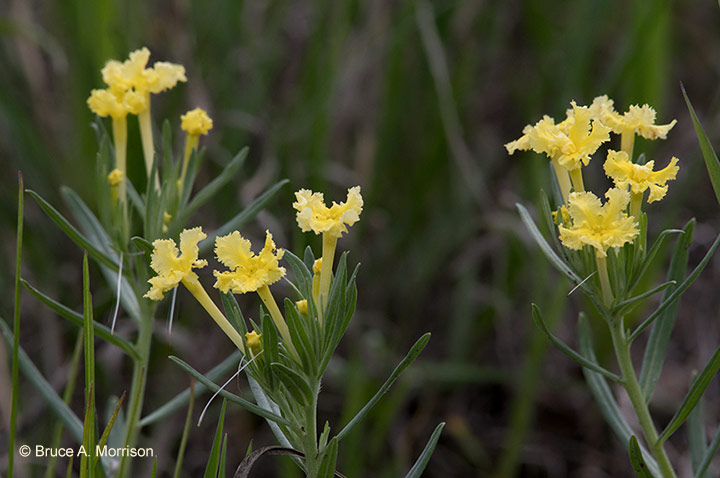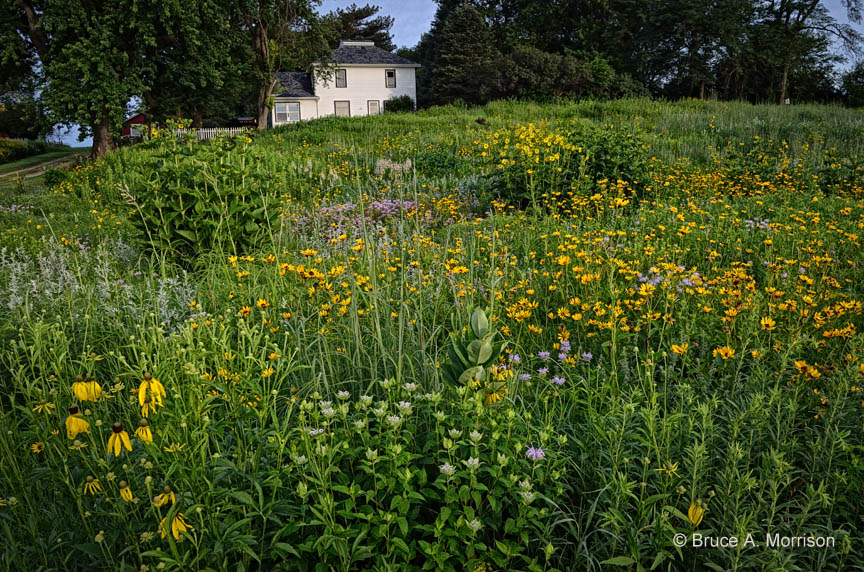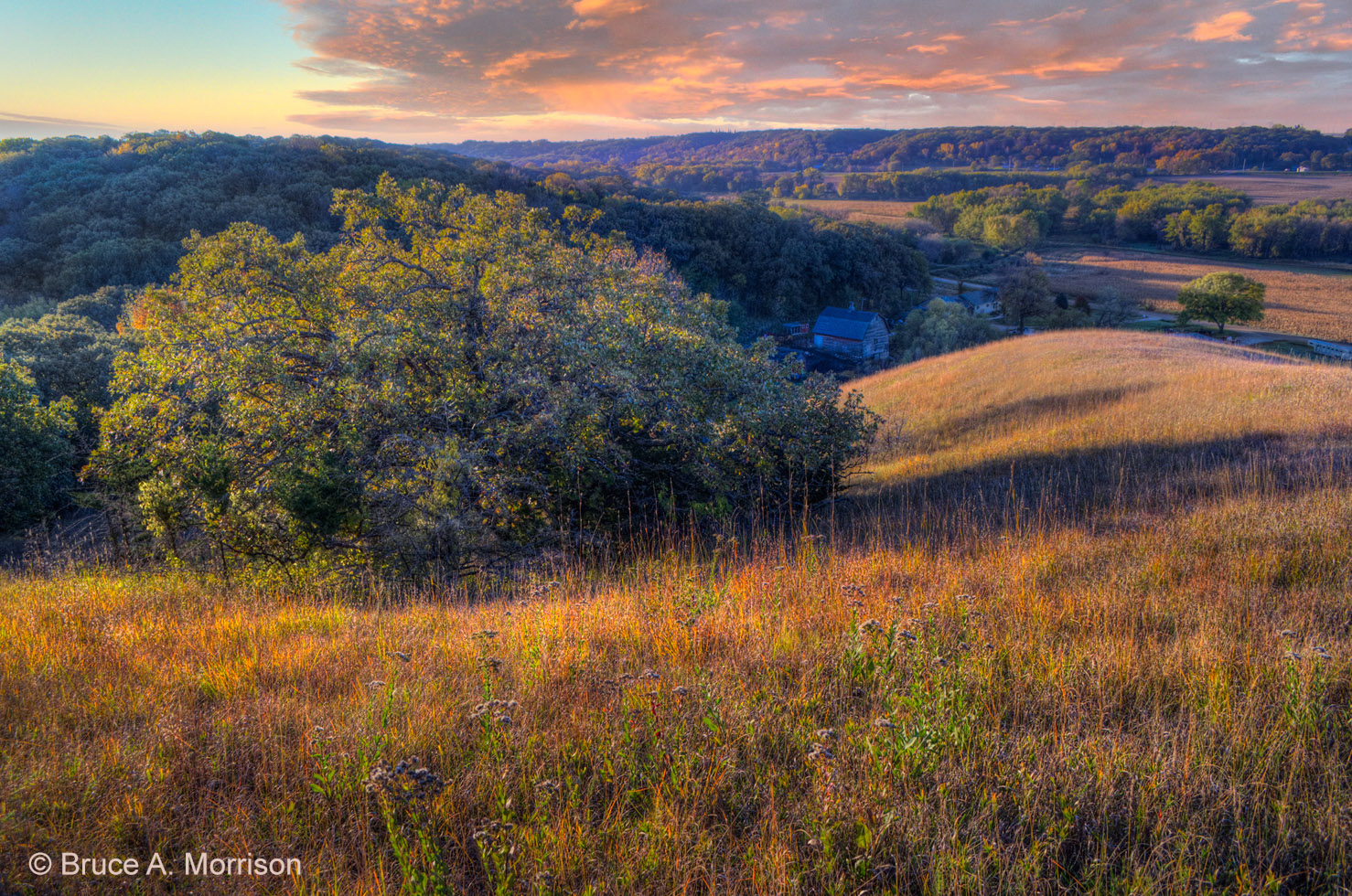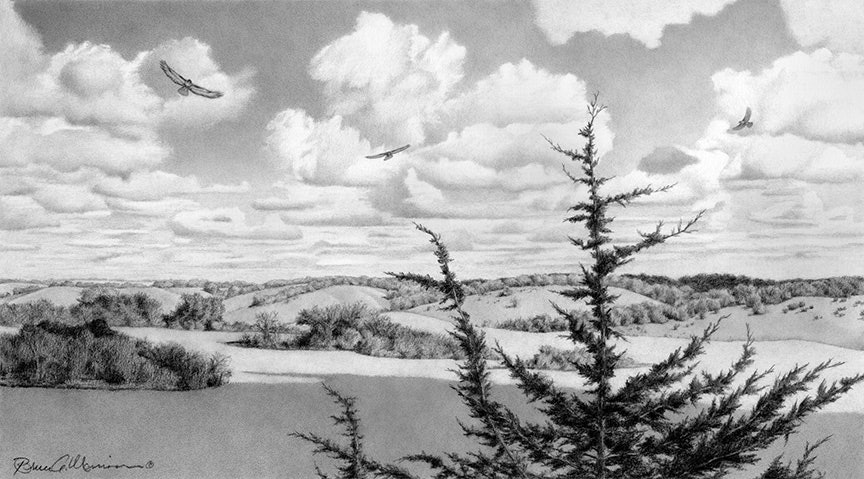Bruce Morrison is a working artist and photographer living with his wife Georgeann in rural southeast O’Brien County, Iowa. Bruce works from his studio/gallery–a renovated late 1920s brooding house/sheep barn. You can follow Morrison on his artist blog, Prairie Hill Farm Studio, or visit his website at Morrison’s studio.
I first came across Pale-spike Lobelia (Lobelia spicata) 40-45 years ago in the Waterman Wildlife Area (Waterman Prairie) in southeast O’Brien County.
When my wife and I moved to our acreage and two small pastures 22 years ago, we realized just how many native forbes and grasses had survived decades of livestock browsing. Each year we would discover new species.
In 2008 I found my first pale-spike lobelia on our own pasture, a few feet down the north slope of a gravel ridge. I recognized the plant upon close examination and marveled how diminutive they were.
Continue Reading...
